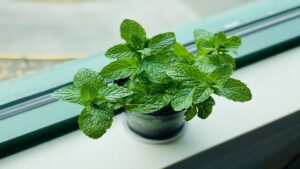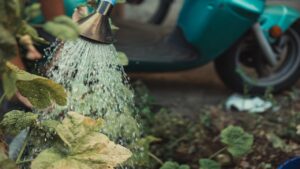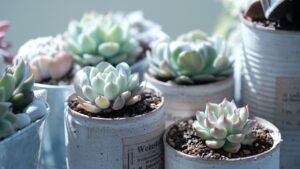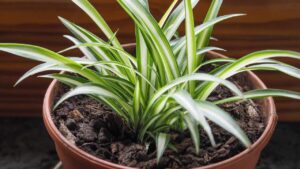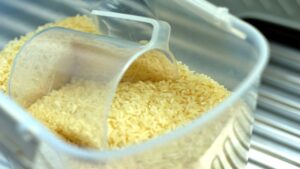How to Use Onion Peels for Your Plants and What the Amazing Benefits Will be
Gardening is a hobby that requires dedication and commitment but also offers a lot of satisfaction. Planting, nurturing, and witnessing plant growth bring a sense of well-being. Regarding fertilization, we often discard food waste at home that could be valuable for our plants. Onion peels, in particular, are a waste product with great properties.
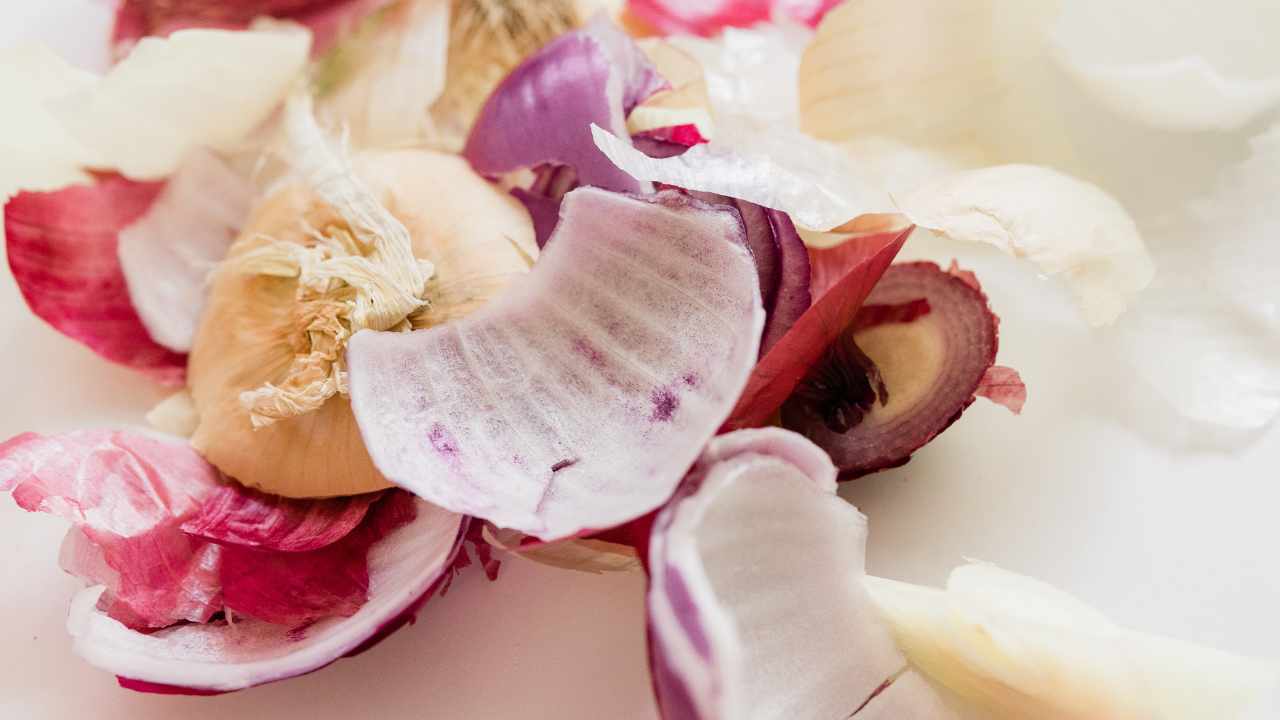
Recycling onion peels is essential for minimizing environmental impact and curbing waste release. Repurposing such materials, especially in gardening, transforms them from discarded items into something valuable and useful.
Thanks to their strong odor, onions act as a natural deterrent for various plant-damaging insects, including aphids, grasshoppers, and cockroaches, effectively keeping them at bay. Moreover, onion peels are rich in essential nutrients like potassium, calcium, and magnesium, contributing to the healthy growth of plants.
Onion peels prove valuable in enhancing soil fertility. Packed with organic substances, they improve soil structure and capacity to retain water and nutrients. Additionally, decomposing on the ground prevents weeds from germinating and growing.
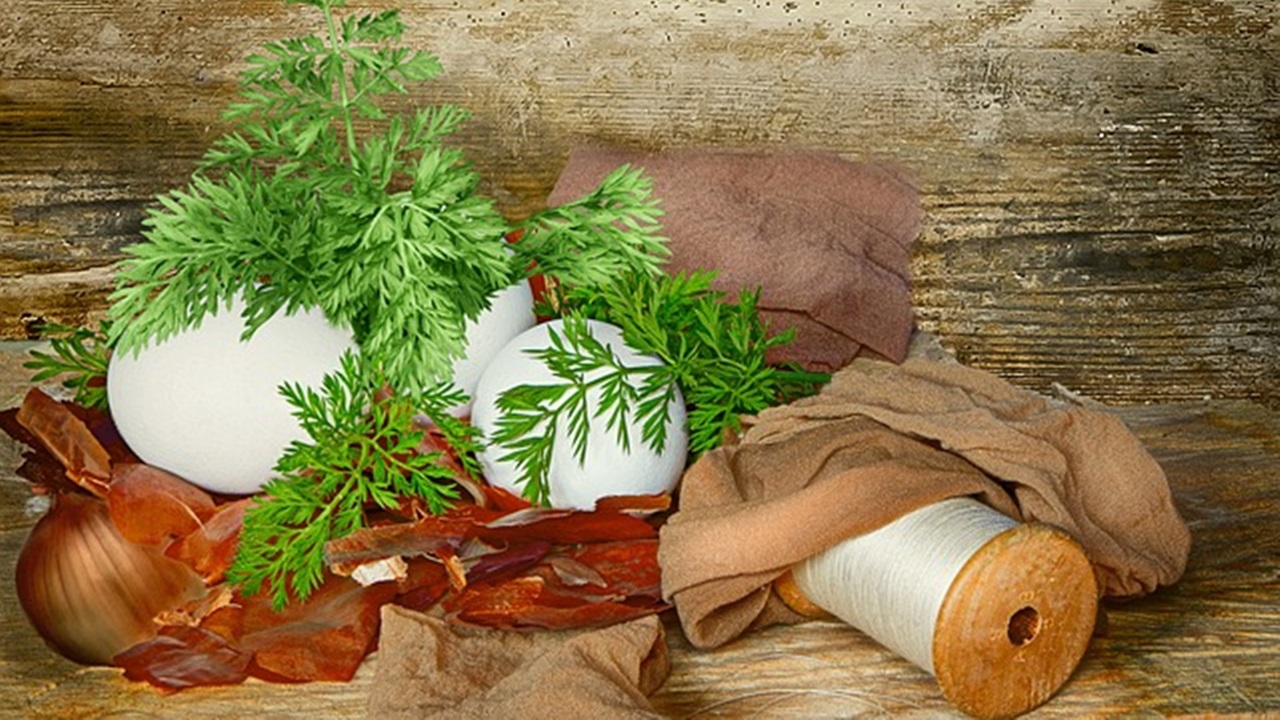
How to fertilize plants with onion peels
To use onion peels as a natural fertilizer, create an infusion. Collect a certain amount of onion peels, place them in a bucket, and add some water. Let them soak for 4 days, allowing the infusion to ferment. The liquid will become dark brown and develop a pungent odor. After fermentation, filter the mixture, dilute it with 10 parts water, transfer it to a spray container, and apply it to both the plants and the soil.
Alternatively, you can prepare a powdered fertilizer from onion peels. Dry the onion peels in a well-ventilated area in the sun for a few days, then crush them into small pieces. Sprinkle two spoonfuls onto the soil, mix it thoroughly, and water. After a few applications, you’ll observe positive results in the health and growth of your plants.
